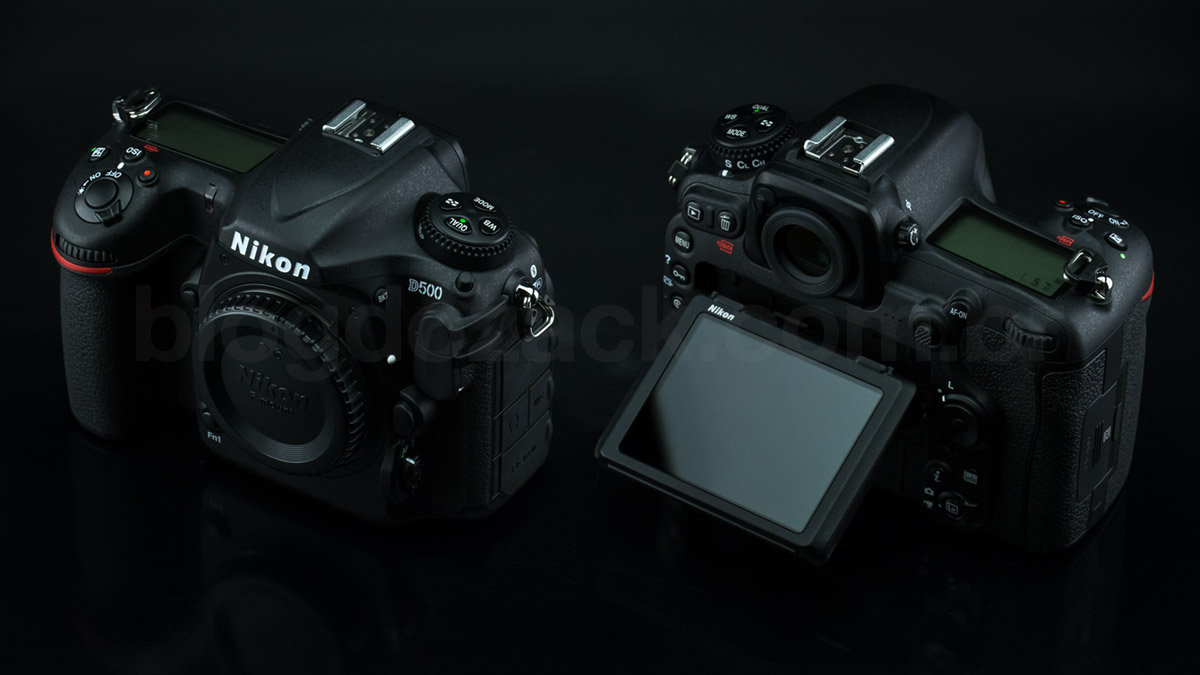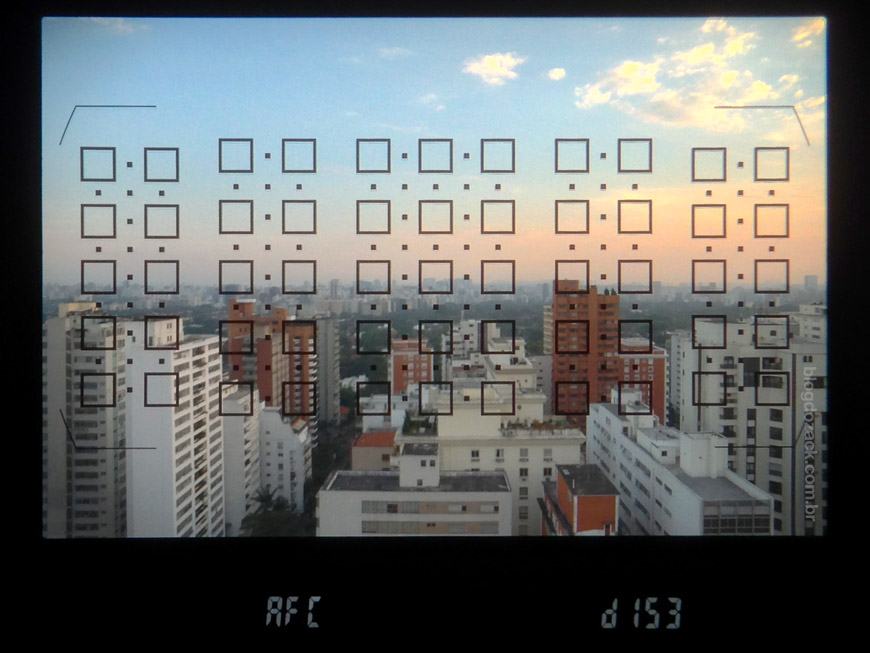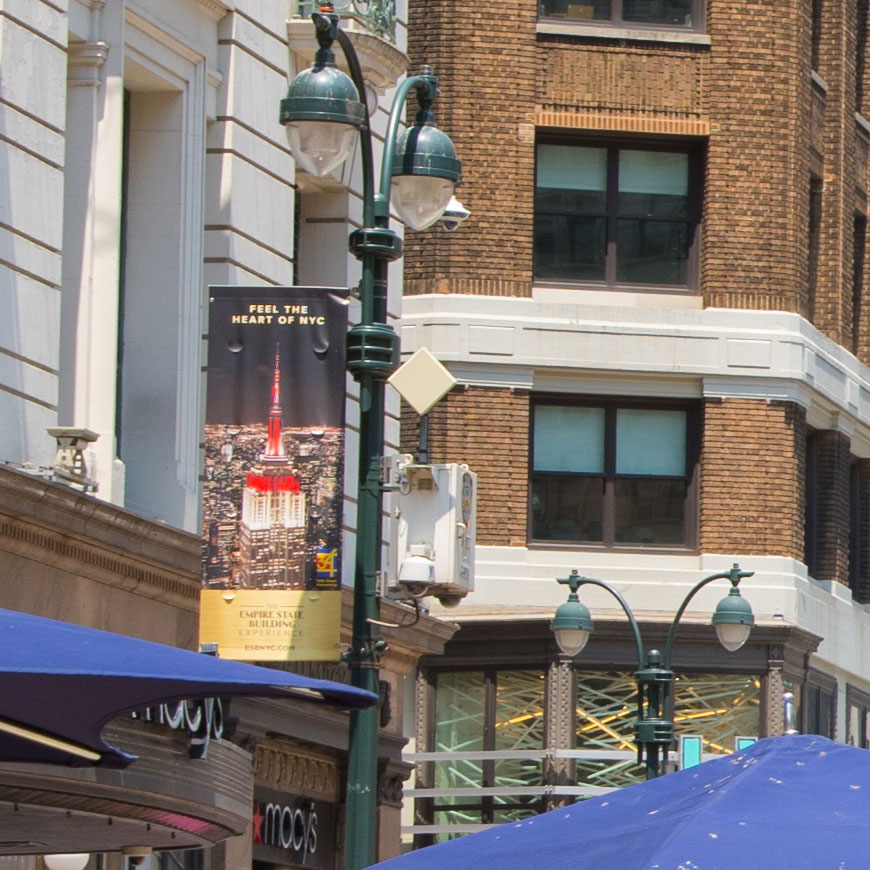Estimated reading time: 17 minutes.
August/2016 – The D500 is Nikon’s fastest DX camera ever. Competing head-to-head with recent speed minded APS-Cs (7D Mark II, A6300), with 10 frames per second it surpasses the D7200 7fps, the previous bitter reference to a top of the line DX camera, not really comparing itself to other DSLR or mirrorless cameras in frame rate. Borrowing some of the D5 specs (same AF and metering), and the ergonomics of the 2009 D300S, finally we have DX camera worthy of the action market.

For just US$1996 the body-only you’re buying a “baby D5” that also includes some APS-C DSLR firsts. 4K 2160P video, 200 raw files buffer when used with fast XQD cards (also a first), it got it all to be the high end, low cost market’s benchmark. But is it worth the investment on the decade’s most expensive APS-C? Does it suits professional shooters? Let’s find out! Nice reading.

At 14.7 x 11.5 x 8.1 of 860g, the D500 is a large camera for APS-C standards. More to work with larger lenses than tiny mirrorless cameras, it’s the reason d’être of a DSLR. A bit bigger than the D750, yet smaller than a D810, the D500 borrows build and design ideas from both, and combines it to the smooth D5 lines, noticeable on the discreet viewfinder bump. Two metal plates make a back and top block, with a carbon fiber composite finishing the center; light and sturdy, yet suitable for wireless functions. A D500 is a new lineup build from the ground up, and the best Nikon camera before buying into the top of the line, professionally oriented, giant D5 FX body.

The ergonomics are frankly the best ever from Nikon. Not large as a D810, nor skinny like a D750, the D500 features a generous right hand grip, tall and deep, with a pronounced rear bump to support your thumb. Mounted with the AF-S 16-80mm f/2.8E VR, offered as a kit, you notice in the carefully shaped D500 lines how it fits your hands, with every control in the right place. For the first time we have an ISO button within fingers reach, behind the shutter release, next to the exposure compensation, much better than the D810 misplaced button. Coming from a mixed brand kit, the D500 is Nikon’s first comfortable DSLR for Canon shooters. Tempted to switch?

At the top, to the left, the hybrid DRIVE dial features four buttons. They’re all bad to use because you must take your eyes out of the viewfinder, as there’s no tactile feedback printed on them. As there’s no PASM dial, like the one on the D750, you choose it using the MODE button, like the D8#0/D5/EOS-1D. It’s awful because it excludes the fast memory “banks” we’re used to the D750′s U1/U2, or Canon’s EOS 5D/7D C1/2/2, and it takes forever to cycle through PASM. While I do understand Nikon’s intention in copying the D5’s “less dials to break” philosophy, the DRIVE dial is exposed on the D500, making it as fragile as anything else. So we loose the D750 wheels and the D800/E metering switch (gone on the D810), but don’t gain any structural advantage.

At the rear the highlight is the 3.2”, 90º up&down, touch-tilt-screen; something the 2014’s EOS 7D Mark II didn’t deliver. And it’s a gorgeous panel: the 2.36M dots (1024×768) are spread on a bright, saturated screen, that responds to touch inputs as fast as any smartphone. The swivel structure is even more robust than the D750, even feeling a bit hard to use. But that’s a good thing: while the D750 panel moved only from touching the table, the D500 is safely held in place, also with rounded corners. Unfortunately it doesn’t sports an ambient light sensor, unlike most Sony’s.

On the left hand side we have Nikon’s standard layout. MENU, trash, playback, zoom are all in the right place, for a smooth operation between different cameras. But a very welcomed bonus, not to mention stylish, is also borrowed from the D5: when you turn the top LCD backlight ON, the left buttons are also backlit, perfect for in-the-dark shooting. And on the right hand thumb area, there’s another Nikon’s first: a mini directional thumb-stick quickly selects the AF points, as we’re used to at Canon. It replicates the large 9-direction stick functions, and even gains a custom middle click button. Of course there’s no fast-AF-area-switching lever like the EOS 7D Mark II, but it’s a huge step for Nikon. It’s something missing on both the D800 and D750, expected for the next generation.

In the center sits the optical viewfinder; large and bright, among the best ever on an APS-C. Besides the already great 100% frame coverage, it gains the EOS 7D Mark II 1.0x magnification. The field of view is large and sharp, as big as most entry level full frames, a huge step from lower end APS-Cs. The external rubber eyepiece is round and big, like the top D5 and D810 (both D600 and D750 uses a smaller, squarish piece), and the external glass is fluorine coated, much easier to clean (great idea!). An electronic overlay turns the AF points on and off, standard on new DSLRs. And the automatic internal red light makes it possible to use it in the dark, even during AF point switching. Finally a built-in shutter covers the optical prism to avoid leaks during long exposures.

At the left, all the ports sit behind rubber covers. USB3.0, headphones out, mic in and HDMI exit to your left left; and Nikon’s 10-pin cable and the flash sync port exists to the front (like the D5 and D800; absent on the D750). The AF/MF switch engages the built-in AF motor, another “large camera” exclusive. At the front the Pv and Fn buttons are within fingers reach, programmable to various custom functions. Nikon curiously opted not to include a built-in flash on the D500, being the first DSLR outside the D# lineup not to have one. Some say it keeps the viewfinder large, but the 7DII has one and the viewfinder is fine. So we loose the built-in wireless SB capabilities.

Inside the right hand grip, goes the SD and XQD cards, supporting UHS-II and XQD2.0 standards, and underneath fits an EN-EL15 battery. Both covers are well built and rubber sealed, but the card cover feels a bit flimsy when open (it’s quite tall). It’s all well put together and feels very premium, as expected from the US$1996 price tag. The D500 is robust besides the non-professional built, made from different plates (only the D8#0 and D5 are mono-block). It’s Nikon’s invitation to the D5, like Canon does with its EOS 5D and 7D. I hope future D7#0 and D8#0 bodies borrow something from the new D500 line, like the robust LCD screen and mini AF thumb stick.

“Biker” com a AF-S 28-300mm f/4.5-5.6G VR em f/5.6 1/1000 ISO1400 @ 300mm; looks like vídeo, but it’s a 10fps + AF-C 37 raw sequence.
With a new EXPEED5 processor and a 10fps shutter mechanism, I don’t even have to mention the D500 is made for action. Sports, journalism, birds in flight, any scene that requires fast shooting will be better served by the D500 than the 6-7fps offered by other Nikons. Also with the support to fast XQD cards, the first ever outside the D4/D5 line, or even the SD-UHS II 1st ever on a Nikon, there’s no bottleneck to the D500′s speed. But the main headline is its buffer size: with high speed XQD 2.0 cards (2933x), 200 raw files are possible; unthinkable to CF or last generation’s SD cards (bye bye EOS 7D Mark II). Even the SD-UHS II are impressive: it’s 120 uncompressed .NEF files (about 44MB each) before it stops, for almost 12 seconds of nonstop 10fps action. WOW!

Also borrowed from the D5 with minimal modifications is the new Multi-CAM 20K AF module. With a complete X-axis coverage, it’s also the highest number ever on a Nikon DSLR: 153 phase detection points with 99 cross-type. Unfortunately only 55 are user selectable, that makes it faster to use. But I do question if all these points are really there. Canon used to “hide” AF points (remember the 5D Mark II with 6 non-selectable points?), so it’s hard to understand Nikon’s marketing to declare them. The non-selectable AF points are used to assist during AF-C, making perfect phase detection tracking. And Nikon’s 3D Tracking is metering assisted, like every modern Nikon camera.
New to the AF technology is how sensitive the points really are: up to -4EV, the same as the moon shining over the ocean. That is, even me that 99% of the time use only the center point, noticed an advantage in working under low light, where the D500 focuses flawlessly. The AF is assisted by the 180K metering, with face detection in Auto mode. There’s not much to say other than “it works”. No photo in this review came out of focus, no matter the subject or light situation.

For those recording video around the F-mount, the D500 is a mouthful with the inclusion of 4K; the first ever Nikon APS-C DSLR to support the 3840×2160 (4K UHD) resolution, although with a curiously useful limitation. While the Sony A6300 reads 4K video from a 6K APS-C sensor, the Nikon D500 does it by cropping a 1.5x area. That is, besides the “1.5x” crop from the APS-C format, there’s an extra 1.5x crop during 4K capture, making a 16-80mm lens into a 36-180mm full frame equiv., compromising the wide angle. But frankly it’s quite useful: around the streets there’s no need to carry a large lens to cover from “normality” up to the medium telephoto. Only those shooting architecture or extreme sports might feel the need to add a Sigma 8-16mm DC, 18-36mm equiv. in 4K. However the D5 ridiculous 3min 4K limit is gone on the D500, that can capture up to 30 minutes on non-stop 2160P video, with uncompressed 4K 4:2:2 HDMI output.

The 4K video quality is reasonably good. Running at about 120Mbit/s, the details are sharp between ISO100-1000, losing some definition from ISO2000 and up when the EXPEED5 aggressive noise reduction kicks in (it can be turned off). A Flat Picture Profile comes installed in stock, although it’s not extreme like Sony’s S-Log 2/3. But, again, it’s better this way: it’s ISO free (Sony limits it to ISO 800-1600), and the colors are much easier to handle in post. There’s highlight and sound assistants, Nikon’s excellent Power Aperture, but still NO focus peaking (nor it is possible to zoom in the image). The AF during video can be done via contrast detection, either continuously by AF-F (with face priority) or spotted using the touch screen. It’s somewhat back-and-forth prone, useless for action. So Canon still have the edge with it’s DualPixel EOS’s.

“Chinatown” at 2160P and Flat Picture Profile, plenty of details in 4K and low ISOs; click for larger.

“Flowers” at 2160P and Flat Picture Profile, colors are mute, made for post processing boost; click for larger.

“Times Square” at 2160P and Flat Picture Profile; although not as extreme as S-Log, the profile makes a good job preserving lights and shadows; click for larger.

“Grand Central” at ISO11.400 and “High ISO NR: Low”; heavy handed noise reduction erases most details; click for larger.

“SP” at ISO8000 and “High ISO NR: Off”; without correction the noise is very noticeable, but it looks good; click for larger.
At 1080P60 extra functions are added. The most interesting is the new “Electronic VR”, that uses a crop of the APS-C to stabilize the image via software; like most smartphones. It works very well for large aperture, non-VR primes, that now can be hand-held without looking amateurish. The image quality is as fair as 4K, with no moiré or aliasing, but feels a bit smooth out of the camera (apply some post-sharpening at will). There’s a 1.3x crop mode to digitally close in your subject, but it’s better to shoot straight in 4K and its 1.5x crop. The D500 does everything we’ve ever asked from a Canon DSLR, and it’s the first mirrored camera to do 4K in a true high quality, low cost.
Another hardware borrowed from the D5 is Nikon’s new 180K RGB metering, a step ahead of the 91K D750/D810, that on the D500 is handled by the EXPEED5 (on the D5 it has its own CPU). Most standard functions are there like Matrix 3D III scene recognition and face priority, however I found this camera to be particularly light-o-fobic. At any moment it will preserve highlights no matter how dark the shadows get, even during simple exposures, creating headaches for those shooting in JPEG only. No, I was not using the “Highlight Weighted” spot metering, that avoids clipped highlights. It’s on “normal” Matrix mode that the D500 made a lot of underexposing, asking for 1) a heavy compensation from the D-Lighting engine or 2) raw shooting with mandatory post-processing. It’s always inconsistent on Nikon, as the D750 used to make crazy decisions whenever a darker tone entered the frame, and now the D500 is scared to clip a highlight. Beware.

One of the most controversial D500 functions is the Wi-Fi, Bluetooth and NFC implementation. Although all the hardware needed for wireless communication is built-in, the software side is doomed by the “SnapBridge” technology. Instead of a simple infra-structure connection from the camera, SnapBridge makes uses either NFC or Low Energy Bluetooth (BLE) to pair both devices; and then use Wi-Fi to speed up transfers (is used at all). The problem is 1) it’s proprietary, and I don’t think they will support it 10 years from now and, 2) practically no device supports BLE yet.

Besides the camera Wi-Fi, the smartphone can’t detect its network and connect to it.
So instead of a simple infra-structure connection like the D750, that just asks for Nikon’s WMU app; or Canon’s EOS Wi-Fi with the Camera Connect app, the D500 demands hardware and software that are not very popular. Do you want to connect it to your studio’s PC and download files? It can’t do that. Want to give a Live View iPad for your client to follow the shooting? No can do. The iOS app isn’t available yet (as of august/2016). It has driven some D500 users nuts, that thought to have bought a “Wi-Fi compatible” camera, when it is actually “SnapBridge compatible”. The question is: are your smart devices “SnapBridge compatible”? Probably not. Please fix this, Nikon!

One last doubt surrounding the D500 is its battery life, rated at 1240 by Nikon itself. While it uses the same EN-EL15 we’re used to from the D600, D750 and D800, that get about 700 frames per charge, I couldn’t get more that 600 with my D500 on an afternoon of photos and videos. Even in “AirPlane Mode ON”, there’s no doubt the D500 is not very energy efficient. I don’t know if it’s the 4K video, notoriously battery hungry, or something regarding the EXPEED5. But even Nikon noticed something weird and offered to replace older EN-EL15 batteries if they were supplied with your new camera (mine wasn’t). So it’s one more thing to beware: this is not the DSLR to take away for the weekend without its charger. Plan to have extra batteries for longer shoots.

“Beyond” at f/7.1 1/80 ISO200 @ 44mm.
With a brand new CMOS APS-C 20.9MP 5568×3712 OLPF-free imager, the D500 is Nikon’s latest DX camera and probably the best. Whilst I won’t compare it side-by-side with the older 24MP D7200, and although some sites are declaring a slight performance advantage from that chip, what most intrigues me about the D500 DX is how it performs similar to some FX cameras. The lack of a low pass filter shows sharper images than even the D750. The dynamic range is perfect as most Nikons, without color casts when we push the files to their limit. And even the high ISO noise looks pretty, also not interfering with the colors. Honestly, it’s the best APS-C chip I’ve ever seen.

“Pretentious shot” at f/6.3 1/400 ISO100 @ 80mm.
Although at a lower resolution than recent 6000×4000 APS-C cameras, the lack of a low pass filter gives a new dimension to D500′s files. Here tested with the AF-S DX Zoom-Nikkor 16-80mm f/2.8-4E VR, that doesn’t compare to prime performance (but comes very close), the D500 shines around the streets. It’s very clear, no pun intended, the advantages of a non-OLPF sensor, rendering every brick, sign or hair even on distant subjects. It’s so noticeable that I did a little research as to why the D500 files looked so sharp, whereas the EOS 7D Mark II, tested with the near flawless EF 70-200mm f/4L IS USM, looked smooth. The internets told me why: the D500 is another Nikon camera ditching the OLPF, and it makes a big difference on finely detailed scenes.

100% crop, but the resolving power is higher than other cameras, as it lacks a OLPF.

100% crop, files are so sharp that you can read the letters on faraway signs.

100% crop, you can notice the kneaded curtains inside the windows.

100% crop, but even at ISO1600 you can see EVERY brick on the building facade.
The new sensor’s dynamic range is also practically on par with other Nikon/Sony imagers, with plenty of room for highlights and shadows recoveries. In theory there’s little improvement over the older D7200, as noticed by DxO. But in practice it’s light-years ahead of any Canon APS-C, as it should be, and similar not to recent A6300/X-Pro2; but to Nikon’s own D750 FX! Around the streets, with little control over the light, Adobe’s Camera Raw easily recovered shadows and highlights, adding just a bit of grain, but not noise, to the images. It sounds simple on a text review or using the next sliders, but it is not. We’re talking about an APS-C camera virtually identical to a full frame, and it’s the first time I feel tempted to switch to the smaller format.
”Zuccotti” at f/6.3 1/60 ISO100 @ 24mm; lights and shadows recovered from the .NEF file, but trowed away on SOOC JPEGs.
”Times Square III” at f/4 1/1250 ISO800 @ 80mm; the D500 metering is very aggressive towards saving the highlights, so shadows must be recovered in post.
”Times Square IV” at f/2.8 1/640 ISO800 @ 16mm; after some raw treatment the image looks very natural.
”Bandeira” at f/3.3 1/1600 ISO400 @ 38mm; a practically useless JPEG, but the image can be saved from the .NEF.
The high ISO performance is also interesting because it’s not something I worry too much on vlog/blog do zack. You know I like images with a soft grain that look great on print; and even some brands add grain to its processing pipeline (Fuji X-Trans III). But the D500 files look very clean up to ISO2000, which is very impressive for an APS-C. It feels like yesterday when I was worried to go above ISO800 on my EOS 60D, that added a magenta tint to pushed shadows; or even the EOS 7D Mark II review having issues with dawn + ISO800 portraits. But the D500 gains at least a full stop advantage over Canon’s, also looking ISO invariant up to ISO3200. Even nonsense values like ISO11.400 work with intact details, and just on the over-the-top ISO51.200 or the ridiculous expanded ISO1.640.000 see some significant loss. The D500 is the best APS-C I’ve ever used.

100% crop, ISO800 practically doesn’t add any noise other than the CMOS natural texture.

100% crop, generous ISO2000 values add a light texture to the image.

100% crop, besides the already high ISO value, there’s little detail loss; notice the cargo shorts at the back.

100% crop, way past a “natural” ISO6400, with intact colors and edges.

100% crop, besides being exposed over ISO10.000, the D500 APS-C keeps edges and letters intact. O_o
Straight out of camera JPEGs are not the D500 strength, and I recommend using it carefully. In BASIC compression, the 1:16 ratio is too high to keep details, generating 3MB files in full resolution that don’t match the same quality as those exported by Adobe’s Photoshop. It’s not even a matter of heavy High-ISO noise reduction killing data, but the JPEG engine destroying textures in high frequency zones. Leaf on trees, fine architectural lines and skin textures, together with the CMOS noise, are lost with the shadows depending on the Active D-Lighting setting. If your workflow depends on JPEG files, like photojournalism, test every setting before important events.
100% crop, notice the hair and eye lines, or the clothing stitches, erased by the D500 agressive JPEG engine.
100% crop, the wire chairs in the back are a good example of how the D500 deals with fine lines on its JPEGs.
100% crop, higher ISOs are also a challenge to SOOC JPEGs.
100% crop, notice the sharper shirt collar from the processed raw file.
Finally the D500 colors match Canon’s warm and lively tones. The RGB mix for skin tones tend to a yellowish pink, with plenty of post processing flexibility. Also ISO independent, we can saturate low light files for bigger impact, that work for web outputs. Even on hard nightly scenes with mixed light sources, the D500 precise white balance metering handles it beautifully. On an evening in Times Square, with its infinity of LED panels and subjects, the D500 shows a step ahead of the Sony A6300, that tended to crazy greens; or the Fuji X-Pro 2, that went overboard with its film simulation. I can only remember similar high quality colors from, you guessed it, full frame cameras like the Sony RX1R and A7II, the Nikon D750 and Canon’s 6D. But the D500 is APS-C.

“Gyro” at f/4 1/320 ISO800 @ 66mm; great low light colors and mixed light sources (notice the colors on the Gatorade bottles).
The first ever Nikon APS-C camera on vlog do zack’s made the good impression it should have. At US$1996 the body only, it’s the most expensive APS-C camera in a decade, but fortunately it delivers a high end product. It’s really a baby D5: great build quality, perfect finishing, top of the line specs and optical capabilities identical to full frame cameras. There’s a lot to like on the D500 and it virtually fits every job I can think of: portraits, events, products, sports, action, AND video. The only complaints have nothing to do with the picture making: the lack of easy to use, fast Custom memories; the SnapBridge wireless mess; and the cumbersome battery life. Under any optics, no pun intended, the D500 is not only Nikon’s best APS-C; it’s one of the market’s best!